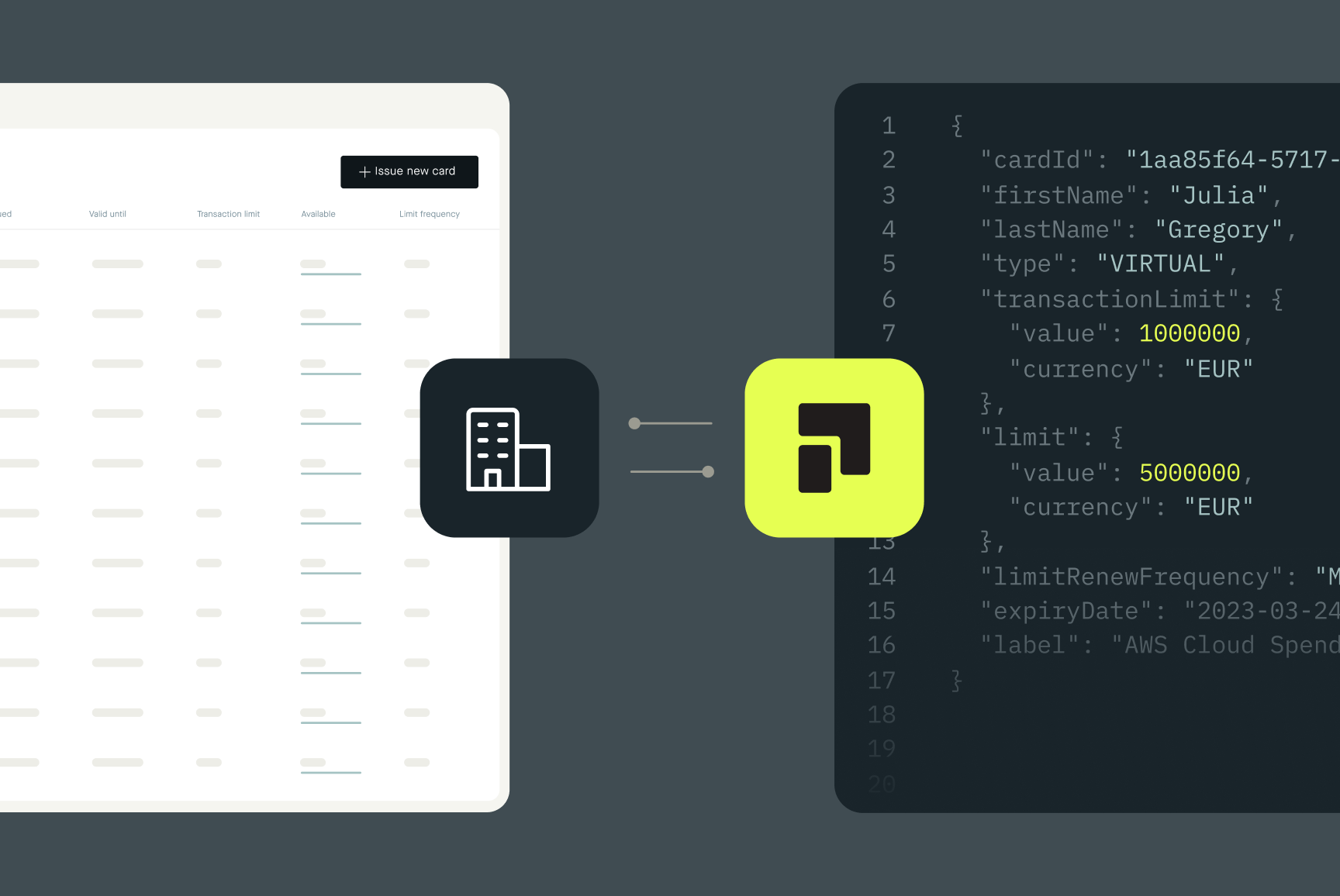Simplifying cost center payments for SaaS companies with virtual credit cards
Software-as-a-Service (SaaS) companies have revolutionized the way we purchase and use software, but they face unique challenges when it comes to business payments. Fortunately, Pliant's modern virtual credit cards accelerate operations and empower SaaS companies with more control, flexibility, and efficiency in their payment processes.


Challenges faced by SaaS companies
1. Managing payments across cost centers
SaaS companies often have multiple cost centers, each with its own budget and expenses. Coordinating payments and tracking expenses across these cost centers can be a complex and time-consuming task for the finance department. Virtual credit cards, along with associated cost centers, simplify this process by allowing expenses to be allocated to specific cost centers with ease.
2. Handling high-velocity payments
These types of companies often need to make high-frequency payments to various vendors, partners, and service providers. Traditional payment methods can become cumbersome and slow, leading to delays in operations and strained relationships. Virtual credit cards enable SaaS companies to make payments swiftly and efficiently, ensuring smooth business transactions and maintaining strong partnerships.
3. Receipt management and audits
Traditional payment methods can result in challenges related to receipt management, invoicing handling, and audits. The finance department may spend significant time tracking down missing receipts or reconciling payments with corresponding invoices. Virtual credit cards offer digital receipt capture and real-time reporting, automating the receipt management process and providing accurate records for audits, saving time and resources for the finance team.
How Pliant's virtual credit cards address these challenges
1. Cost center expense allocation simplified
Pliant's virtual credit cards are seamlessly integrated with cost centers, making it easier for SaaS companies to allocate expenses to the appropriate budget categories. By assigning virtual cards to specific cost centers, finance departments gain better visibility and control over spending, ensuring accurate tracking and optimized budget management.
2. Streamlined high-velocity payments
Our virtual credit cards facilitate high-frequency payments without delays or manual involvement from higher-level executives. Companies can issue virtual cards to employees, allowing them to make payments quickly and efficiently, reducing bottlenecks in the payment process and ensuring uninterrupted operations.
3. Efficient receipt management and audits
Pliant's virtual credit cards eliminate the need for manual receipt management and paperwork. Digital receipt capture and real-time reporting provide instant access to transaction details and eliminate the hassle of chasing missing receipts. This automation streamlines the audit process and ensures compliance with financial regulations.
In conclusion
Pliant's virtual credit cards offer numerous benefits for SaaS companies by speeding up processes, adding more flexibility to payments, and giving companies more control over how they issue cards to employees.
Or as one of our customers, Tobias Wiest, Chief Business Officer of SaaS company Usercentrics puts it:
“The spending limits are finally high enough to use the credit card in a flexible way, and I benefit from immediate savings through high cashback.”
To learn more about Pliant, book a demo with our product experts.






